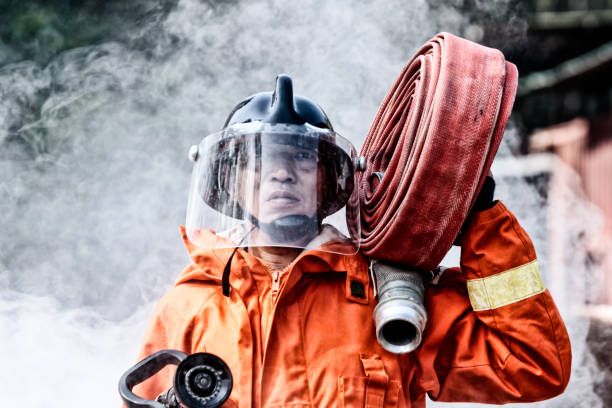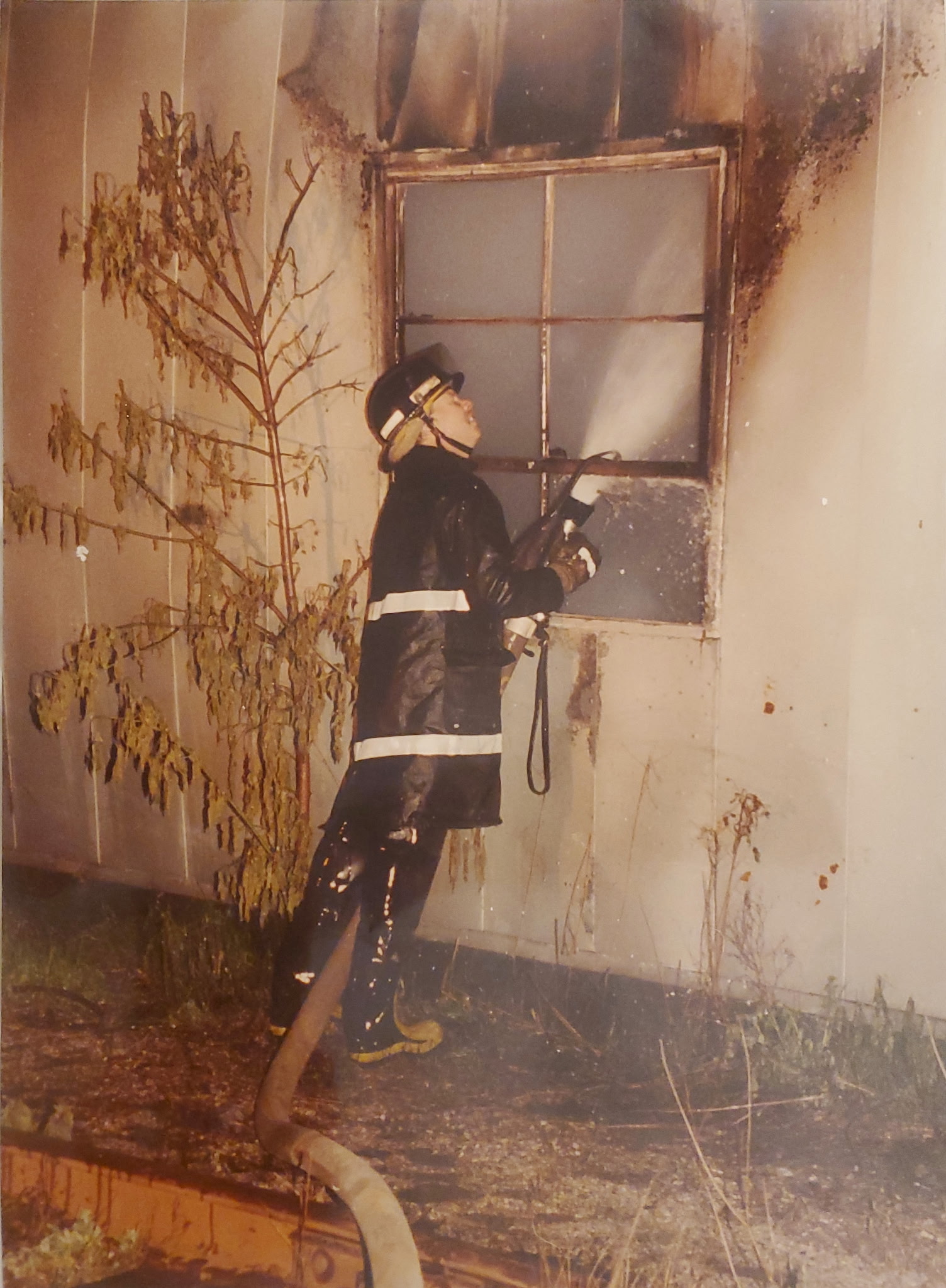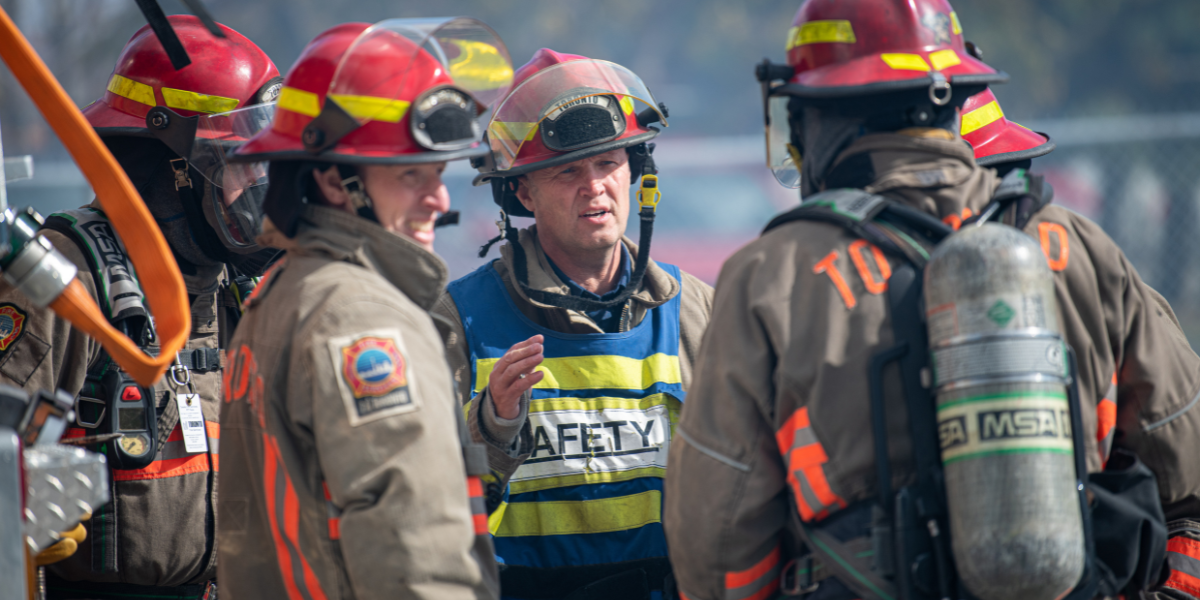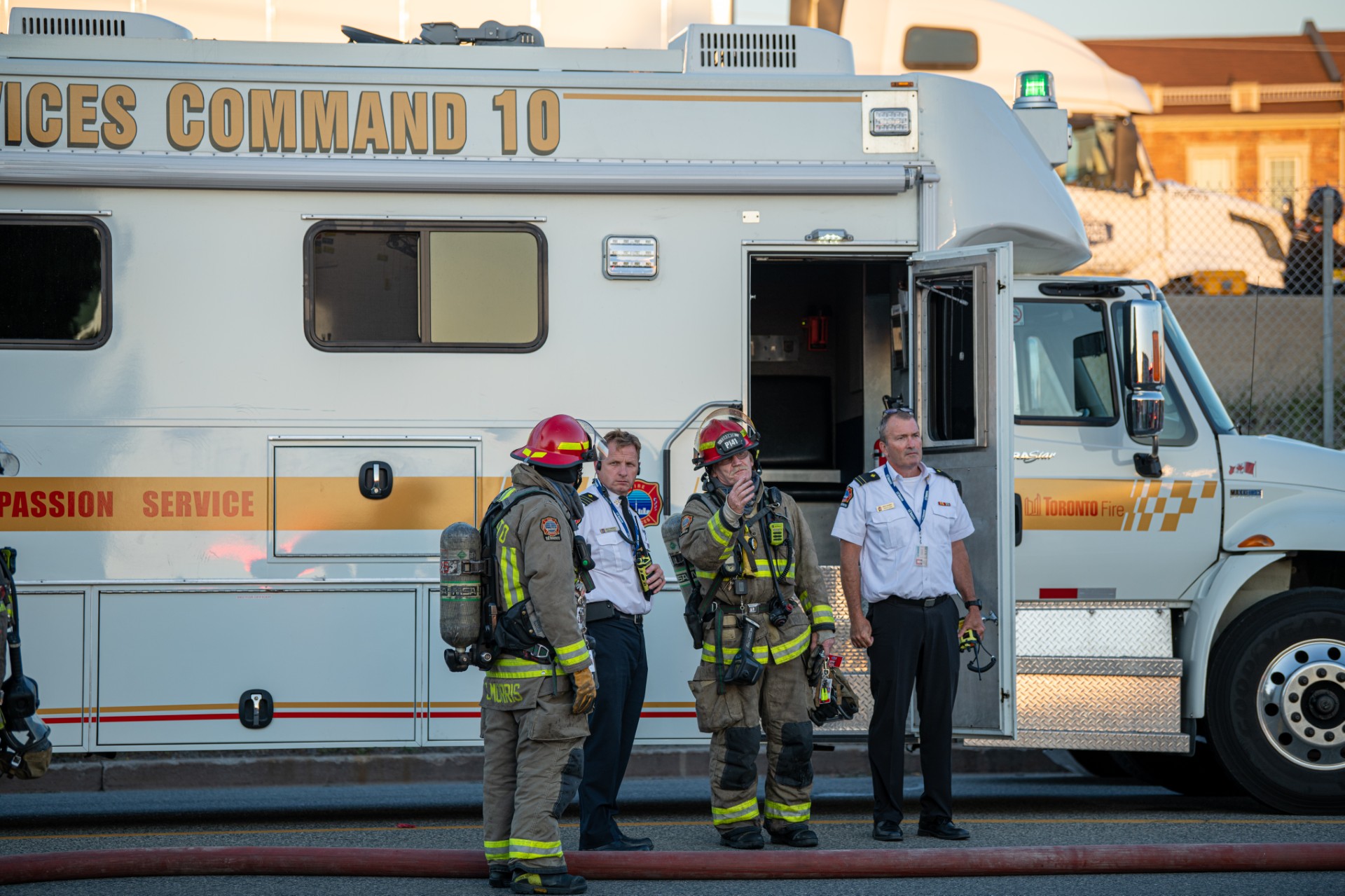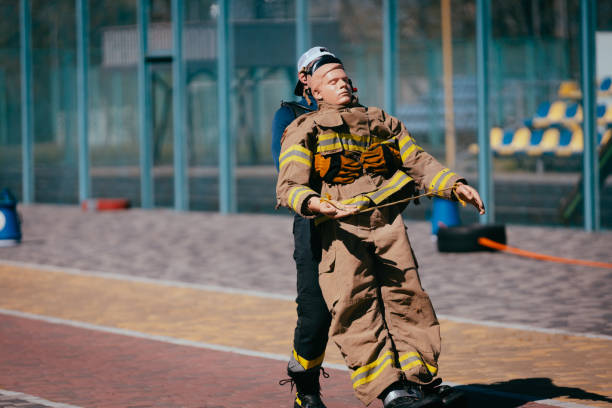Residential Fire Risk in Canadian Indigenous Communities
In June 2023, a research report prepared by the Fire Research Group in the Department of Mechanical and Mechatronics Engineering at the University of Waterloo and entitled Residential Fire Risk in Canadian Indigenous Communities was prepared for and released by the National Indigenous Fire Safety Council (NIFSC).
The National Indigenous Fire Safety Council started with the Aboriginal Firefighters Association of Canada (AFAC) demonstrating organizational selflessness in the goal of improving First Nations community safety in statistically valid, evidenced-based ways so that by April 2022, AFAC inaugurated a separate NIFSC Board of Directors with independent funding to, among others, create a national reporting system and establish standards and programs for First Nations community safety because, unfortunately, when it came to Indigenous communities, there was no national fire protection legislation, "…no mandated enforcement of occupational health and safety," and no "national building inspection process."
The broad objectives of the report included investigating household fire risk and hazard scenarios; using data to propose risk-reduction strategies, and; suggesting "risk or tolerability limits as evidence-based benchmarks" for improving fire safety.
Data sources included a review of international related literature and research in conjunction with direct data from the Canadian Census for First Nations Populations, fire incident reports from the National Incident Reporting System, and Home Safety Assessments compiled by the NIFSC.
The recommendations in the report included suggestions for;
Ultimately, the recommendations of the report hope to address the fact that Indigenous people are subject to anywhere from 5 to 17 times higher risk of casualty in fire compared to non-Indigenous people, depending on where they live – despite that they accounted, in 2021, for only 5% of the Canadian population. According to studies cited in the report, this was due to several socio-economic factors, including; dwellings that were crowded and/or in need of major repairs; low income, the prevalence of children under the age of 6, and unemployment.
Although the authors were careful to qualify the report's findings in terms of the quality and quantity of available data, the results at Section 5 are nevertheless enlightening, and alarming.
The report represents a remarkable step in the right direction toward understanding the nature of the problems, and the critical need to quickly find ways to address them.
You can read the full report at : WUI Residential Fire Risk.pdf
You can learn more about the National Indigenous Fire Safety Council at About the NIFSC — National Indigenous Fire Safety Council

